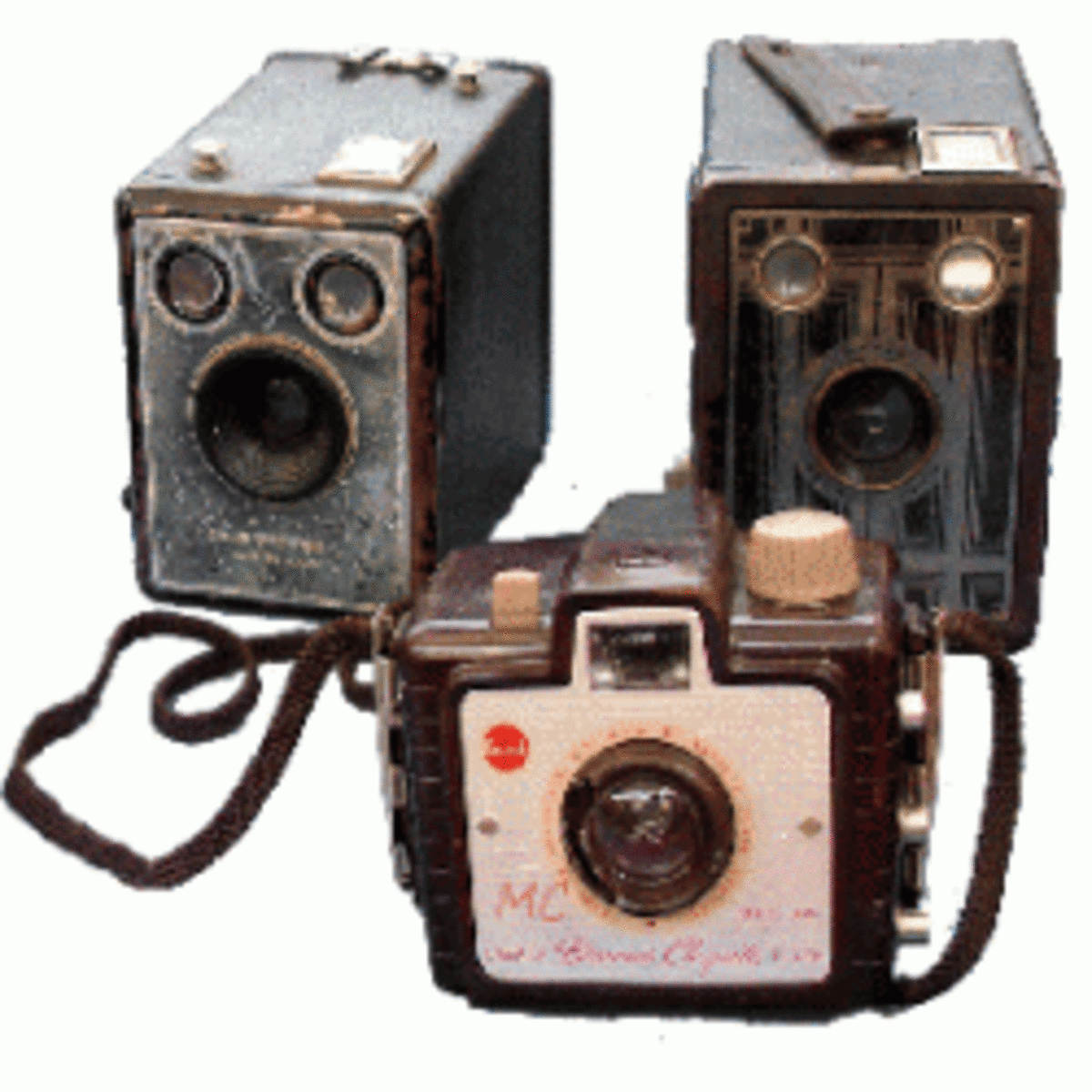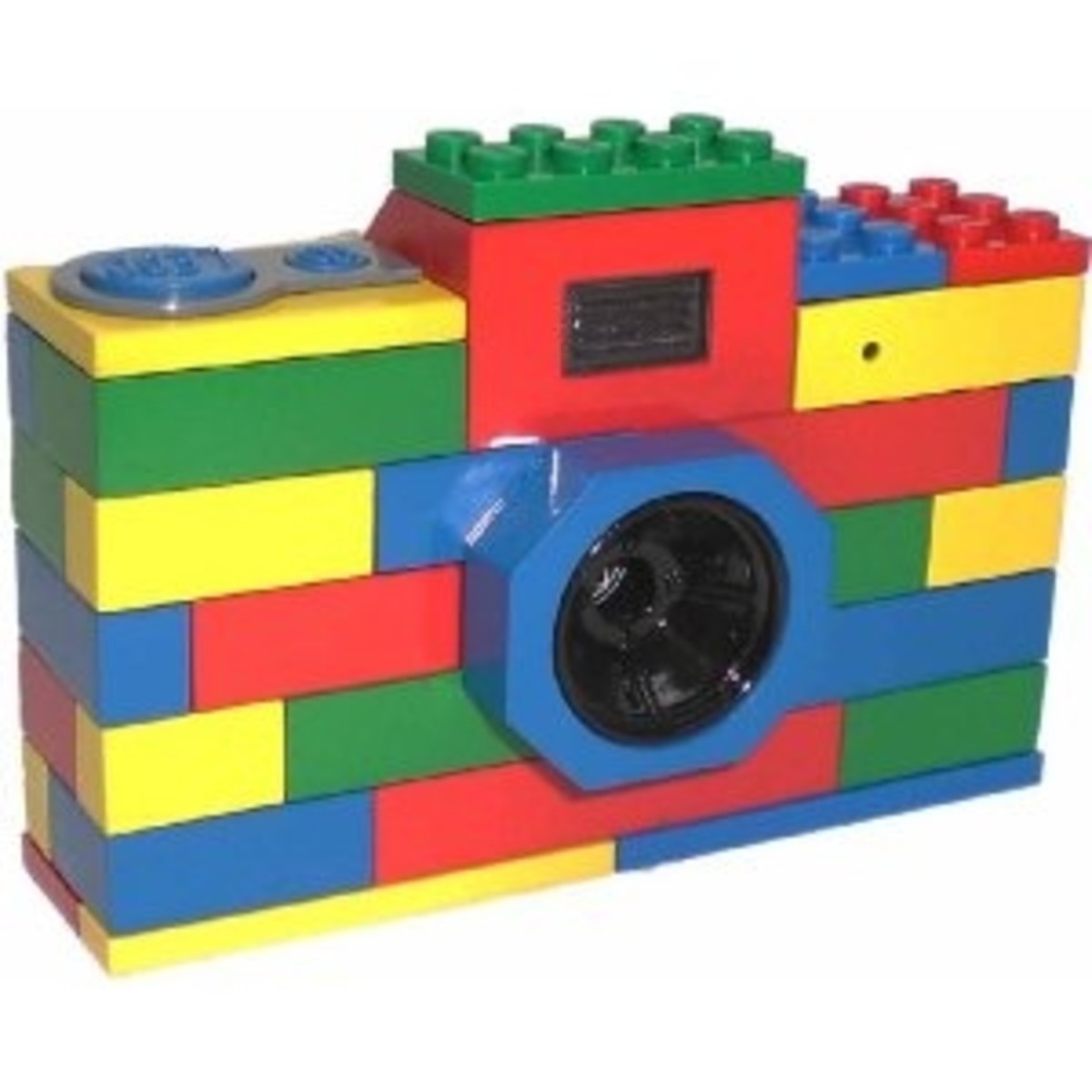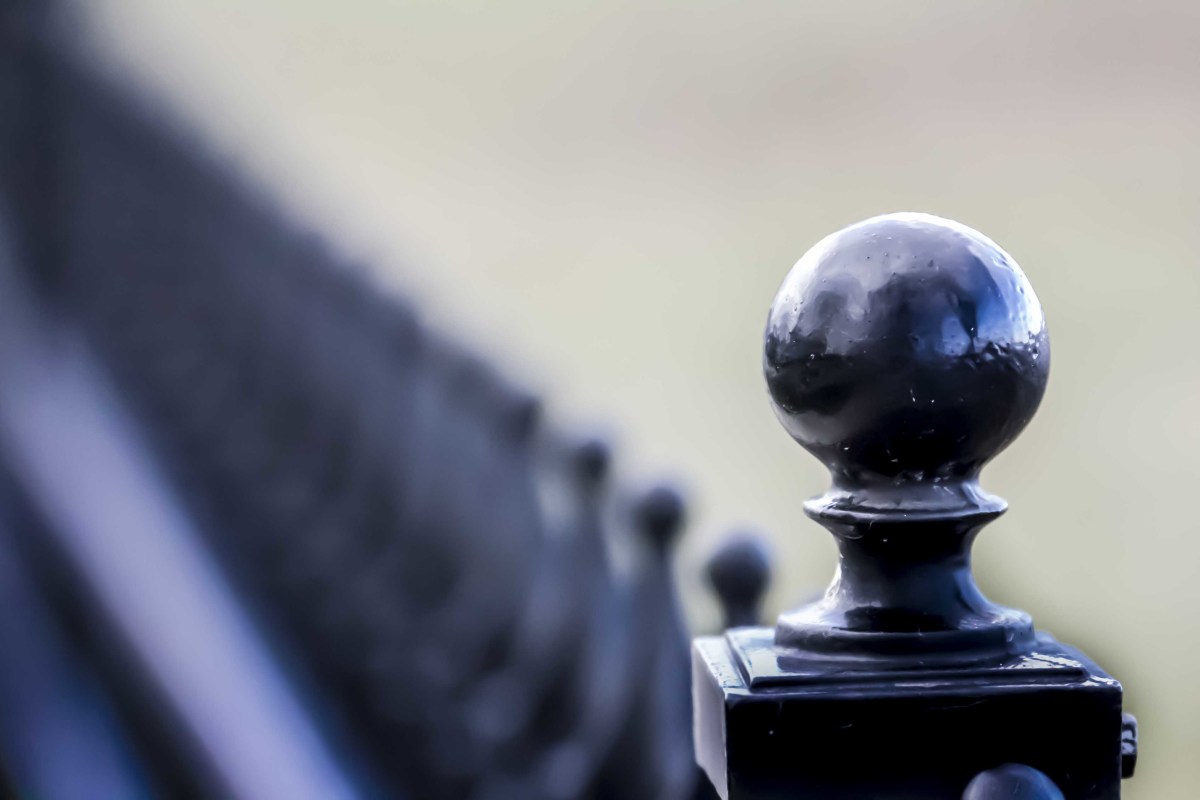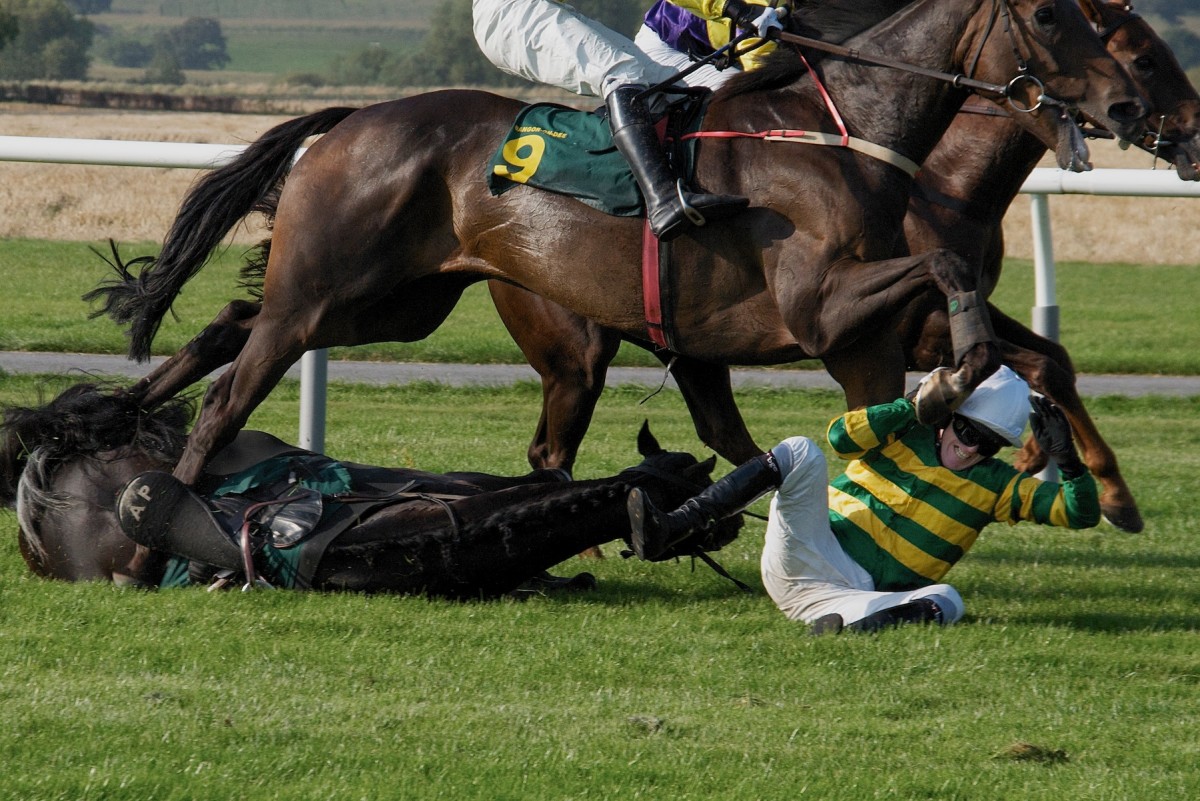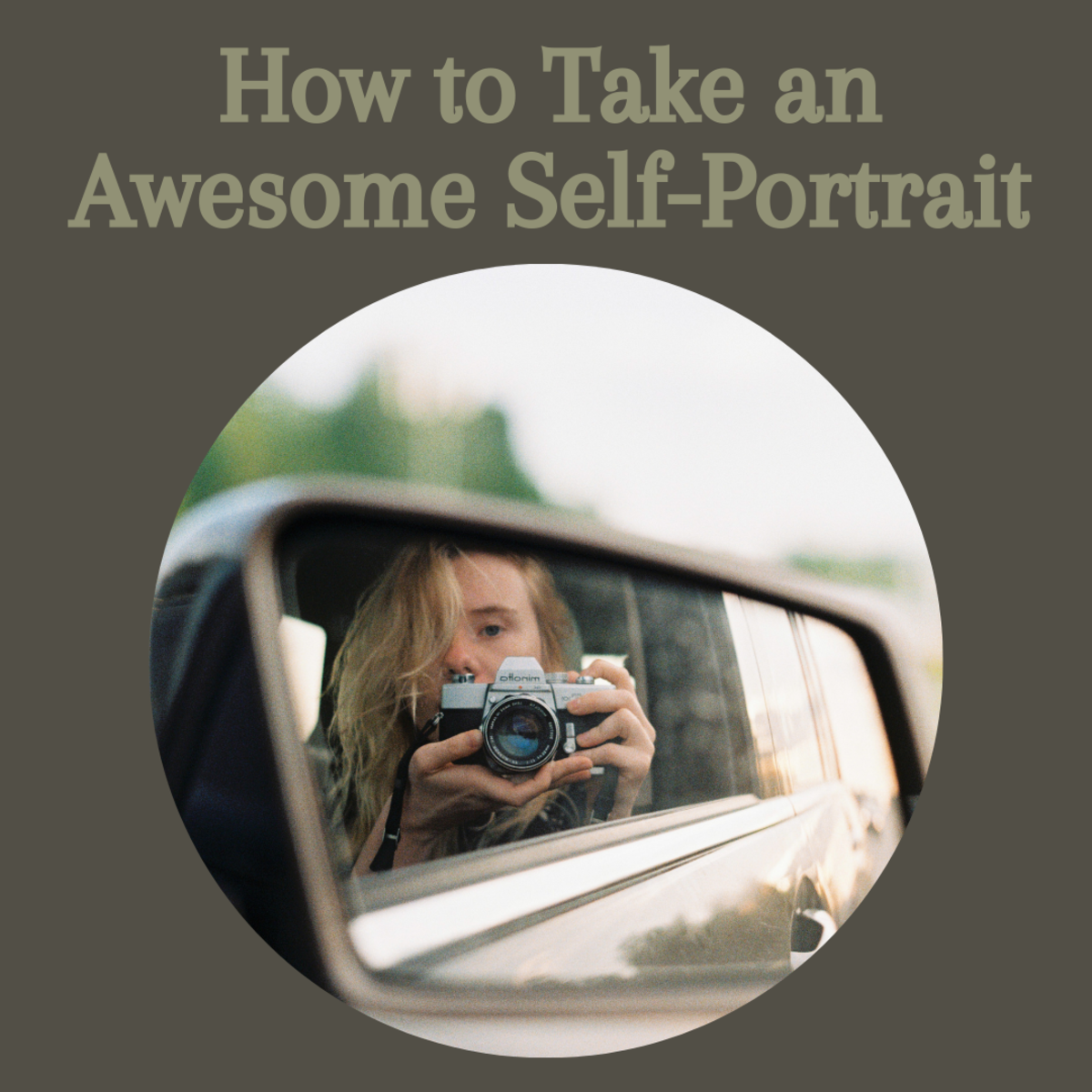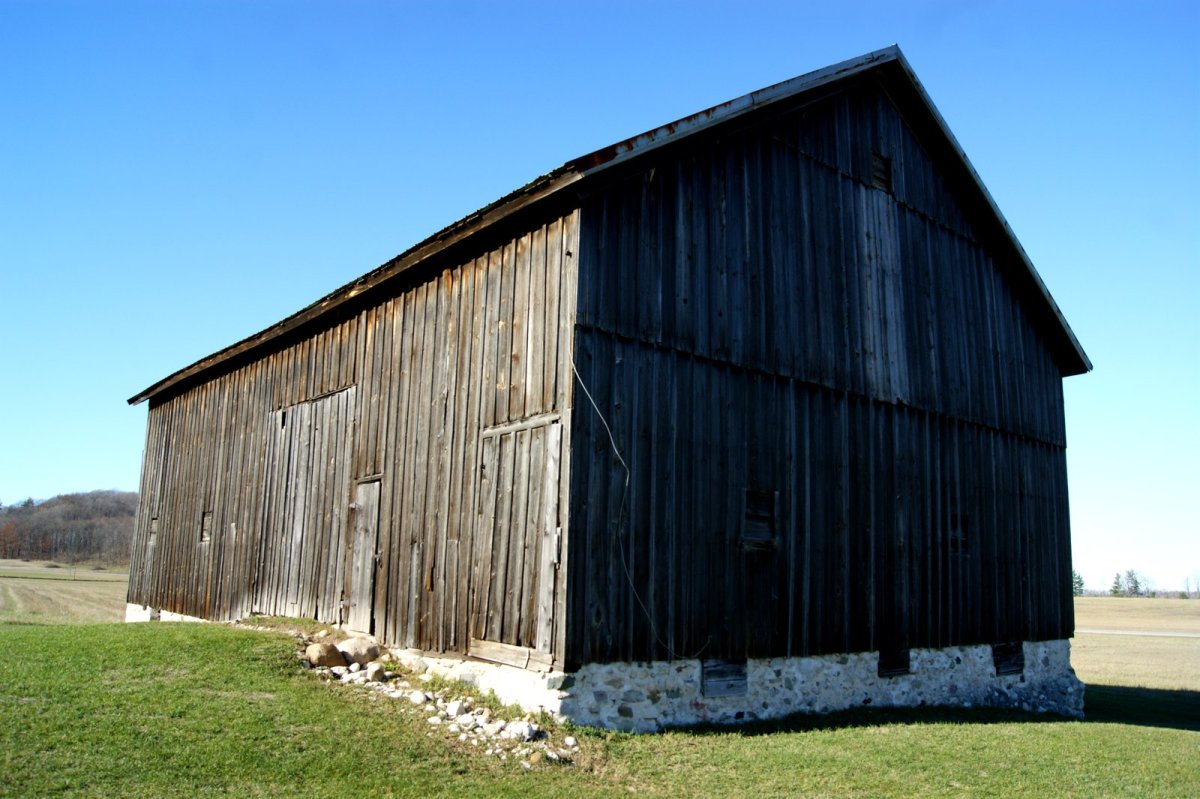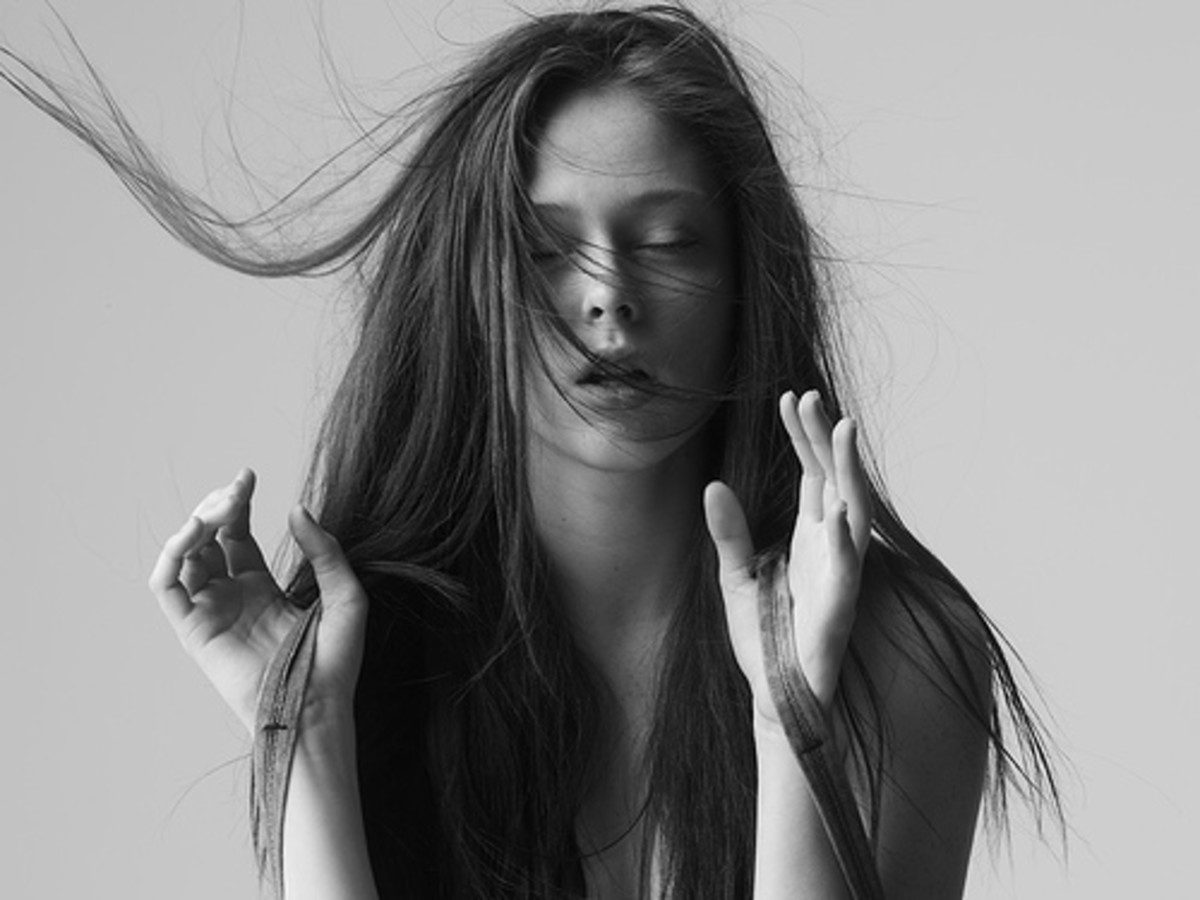Photography Basics – Camera Parts
Welcome to the first part of the series Photography Basics.
If you just got here, check the first page, where you can find a list of all the lessons in this guide.
Here, in Photography Basics - Camera Parts, we will take a look at the different parts of a camera and see how they work. Every camera is different, so we won't be very technical about it. We will just talk about the essential parts.
We will start by the different cameras types and end up by taking a look on the parts of each camera.
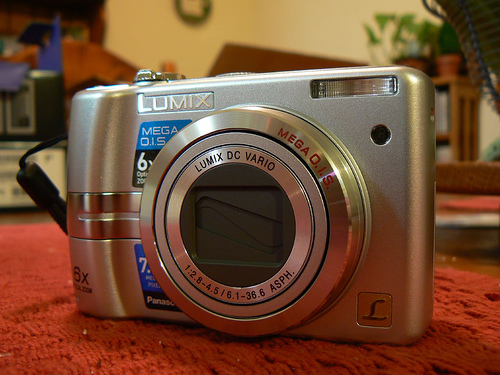
Let's first take a look at the different types of digital cameras.
Compact cameras, also called point-and-shoot, are small sized cameras designed to be portable and easy to use. They have only one lenses system, but most come with zoom and macro capacity.
Nowadays, many of these cameras come with video mode, a full touch-screen LCD and some have a variety of special photo effects.
Bridge cameras fall in between compact cameras and DSLR. They are better than point-and-shoot, but lack most of features that DSRL cameras have.
These cameras typically give you full control over ISO, aperture and shutter speed, but they still bring a fixed lenses system, usually with a super zoom feature. They also bring, like most cameras, a video recording mode.
Bridge cameras are, in my opinion, the best choice for someone who is starting photography and can't afford expensive cameras.
DSLR (Digital single-lens reflex) cameras are high-end cameras and have an interchangeable lenses system, allowing you to change the lenses according to your needs. These cameras also give you full control over its features (ISO, aperture, shutter speed, focus, etc...). Many DSLRs don't have a live view option, but they bring an optical viewfinder, which is superior to a digital viewfinder.
Although these cameras are more expensive than compact and bridge cameras, they are of much higher quality and allow you to take, with the proper equipment, any kind of photo.
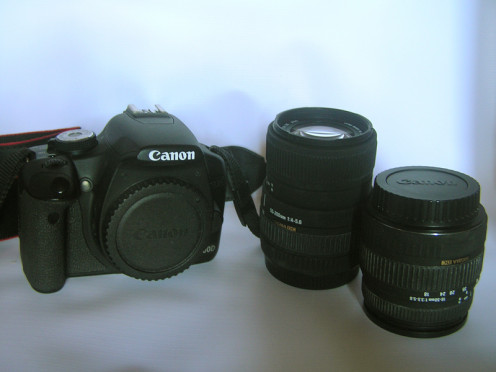
Camera parts
Body
The camera body is where are located the buttons, viewfinder, LCD screen, tripod socket, computer connection slots and, in some cases, the lenses mount.
Although the body might not have any influence over the quality of your photos, is it very important that you feel comfortable when holding your camera. Some people with bigger hands and feel more comfortable with a bigger camera, while people with smaller hands might prefer small camera bodies. Bigger cameras also weight more than smaller ones.
Lenses
The lenses work has the camera eyes. It's where the light passes before reaching the camera sensor and be recorded as an image. Compact and bridge cameras usually bring a fixed lenses system while in a DSLR you have a wide variety of lenses to choose.
The most common lenses are standard, wide-angle, telephoto and macro.
Flash
A flash is a device that allows the photographer to illuminate a dark scene. Although most cameras bring a small flash unit built directly on the body, many give you the possibility of mounting an external and more powerful flash.
Memory card
This is where the photos are stored. Most cameras only allow you to use one type of card so you should take this in consideration when buying your camera.
Memory cards can differ in speed and capacity size. If you are planning to use the video feature of your digital camera a lot, I advise you to invest in a good card, since video modes usually require fast cards with large capacity.
Battery
Essential to your camera, this is what powers it. DSLR cameras usually bring long lasting batteries, but most compact don't (some use AA batteries).
For DSLR cameras you can also buy an external grip that uses lithium or AA batteries, allowing you to power your camera for much longer.
Conclusion
I hope that you could learn a bit more about the different camera types and the structure of a digital camera. Jump to the next part of this guide to learn about your camera settings and how to use them effectively.

